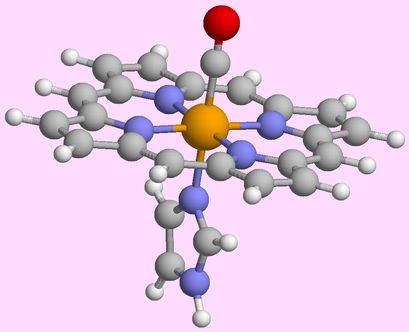

S 222
0117 954 6991 (internal #46991)
jeremy.harvey@bris.ac.uk
These online lecture notes only give the outline of each lecture. You will need to add your own notes !!!!
Here you will find biographical details for some of the scientists whose work is mentioned in these pages.
The workshop questions are finally there... You can download/read them as a .pdf file (readable with Acrobat Reader) by clicking here.
For those of you wishing to study these pages at home, a downloadable form (.zip file) of the whole set of webpages is available here.
This course relies a bit more heavily than many others in the course on explicitly formulated quantum mechanics, but in doing so, it builds on what you have learnt in previous years and in other units this year.
But Chemists are experts on molecular electronic structure !!! And this unit addresses the same material covered in ALL the course: the Structure and Reactivity of molecules.
Some strongly related course units, etc. this year:
(a) Some Revision. The Born-Oppenheimer approximation, basis functions, the variational method, secular equations, Hückel theory, electronic structure of diatomic molecules.
(b) Hartree-Fock Self-Consistent Field Theory. This will be considered in some detail, and will lead us to consider: molecular orbitals as linear combinations of atomic orbitals, the Pauli principle and electronic spin, the Hamiltonian operator, the Roothan equations, the symmetry of molecular orbitals, Mulliken population analysis.
(c) Other Computational Methods. The Hartree-Fock method is only one of many computational techniques used to study molecular electronic structure. Insight into their diversity and the different pictures they give of electronic structure will be obtained from the following topics: semi-empirical techniques, localised orbitals and valence bond theory, electron correlation.
(d) Structure and Reactivity. Electronic wavefunctions tell us a lot about molecules: polarity and charge distribution, energy (potential energy surfaces), structure, spectroscopy, barriers to reaction, mechanisms, … We will discuss how all this information can be obtained.
(e) Some examples. Electronic structure of water, ethylene, methyl fluoride, sulfur hexafluoride, chromium hexacarbonyl, and its influence on reactivity.
Back to the list of online lectures.
Forward to Section 0